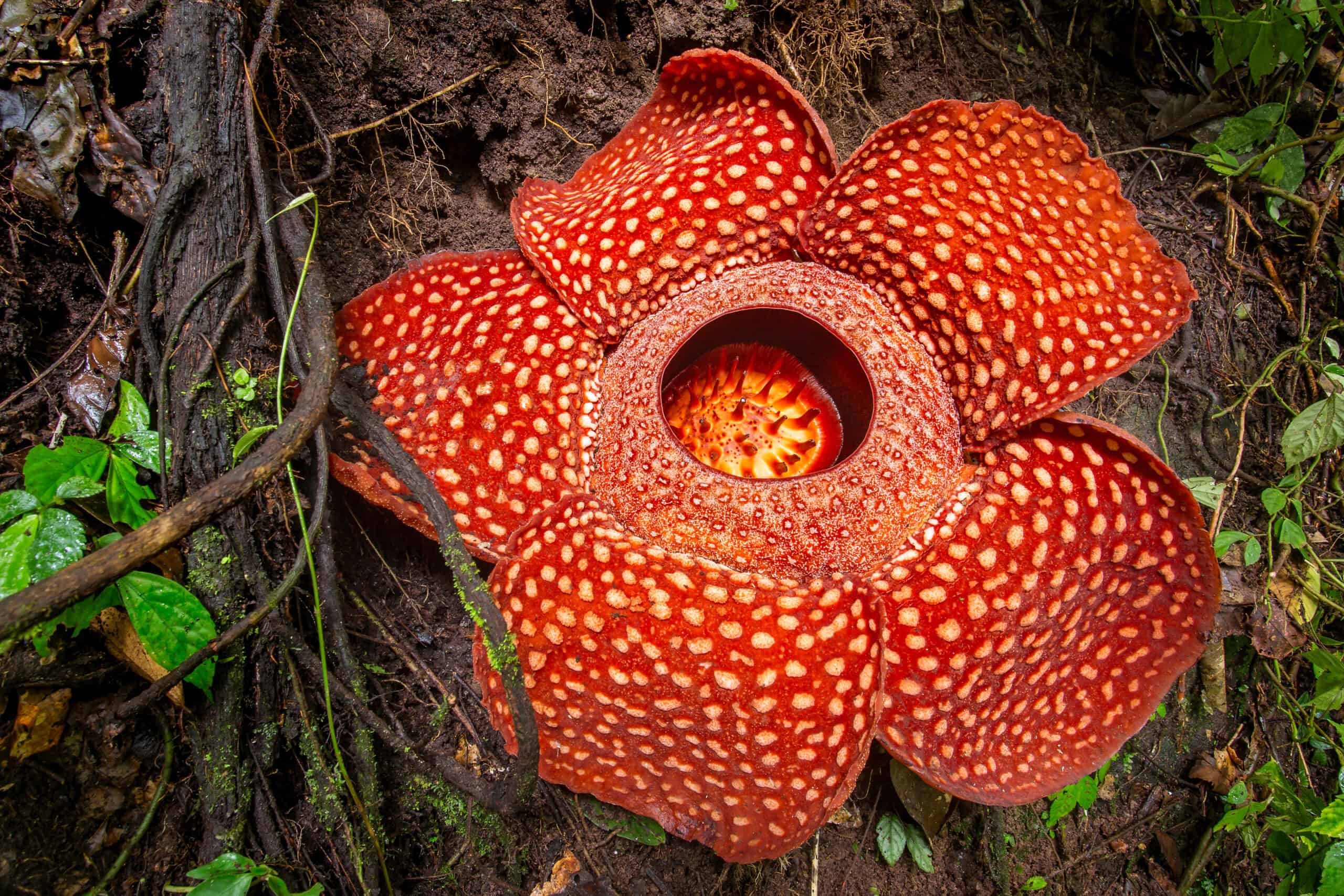Birds are some of the most diverse and fascinating creatures on the planet, and while we might be familiar with the more common species, there are plenty of bizarre birds out there with behaviors that seem almost too strange to believe. From intricate courtship dances and impressive mimicry to unusual feeding habits and survival strategies, these birds showcase the incredible adaptability of nature. In this article, we’ll explore 19 unique birds with behaviors that will leave you amazed, proving that the avian world is full of surprises beyond what we might expect.
Lyrebird (Australia)
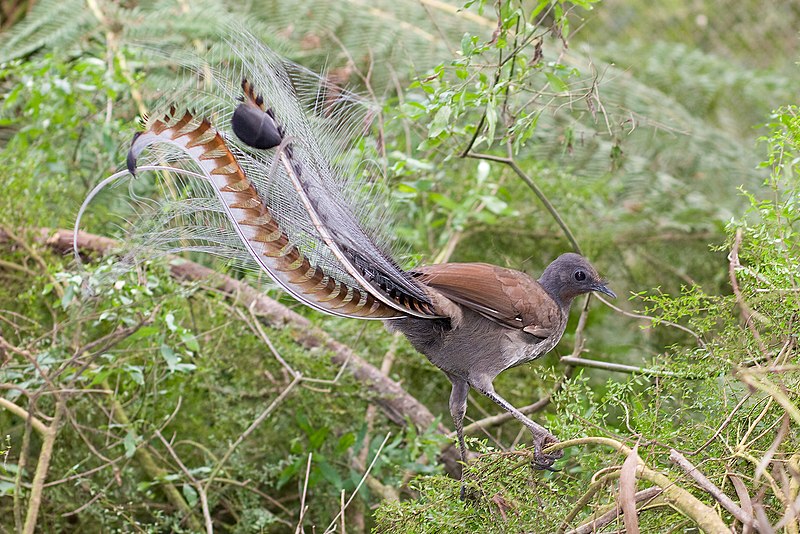
The lyrebird is a master mimic, able to imitate nearly any sound it hears. Chainsaws, camera shutters, car alarms—you name it, this bird can copy it. Found in the forests of Australia, the male uses its impressive mimicry during courtship displays to attract mates. Its tail feathers, shaped like a lyre, fan out while it performs. What makes the lyrebird truly extraordinary is how accurate these imitations are; even experts are often fooled. Despite its vocal talent, this bird prefers to stay grounded, rarely flying. Its complex repertoire can include up to 20 different species’ calls.
Hooded Pitohui (Papua New Guinea)
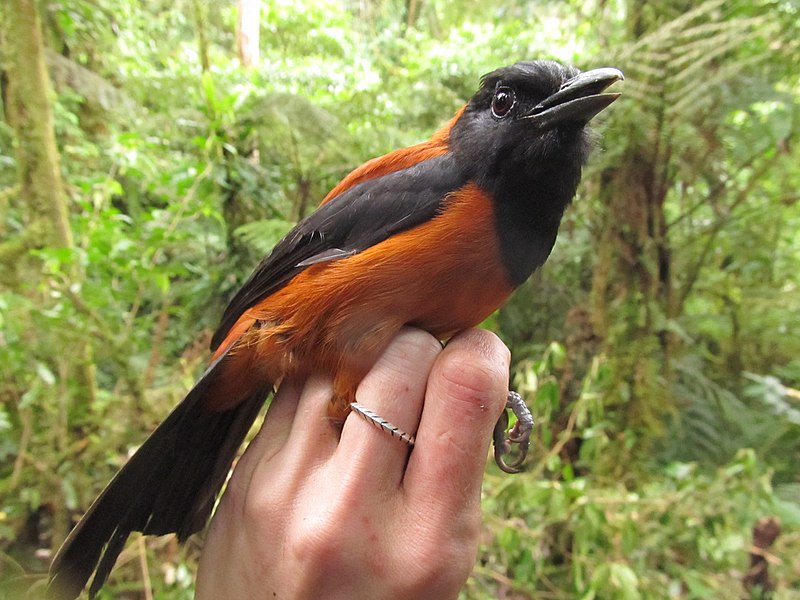
Known for its bright plumage, the hooded pitohui is one of the few birds on Earth that is toxic. This small, unassuming bird has neurotoxic compounds called batrachotoxins in its skin and feathers. When predators try to eat it, they’re met with paralysis and intense pain. Native tribes in Papua New Guinea even use its feathers to poison their arrows. Researchers believe the pitohui gets its toxins from the beetles it consumes. Despite its toxicity, the bird still has natural predators, though they’ve adapted to eat it safely. It’s a reminder that nature often hides danger in plain sight.
Satin Bowerbird (Australia)
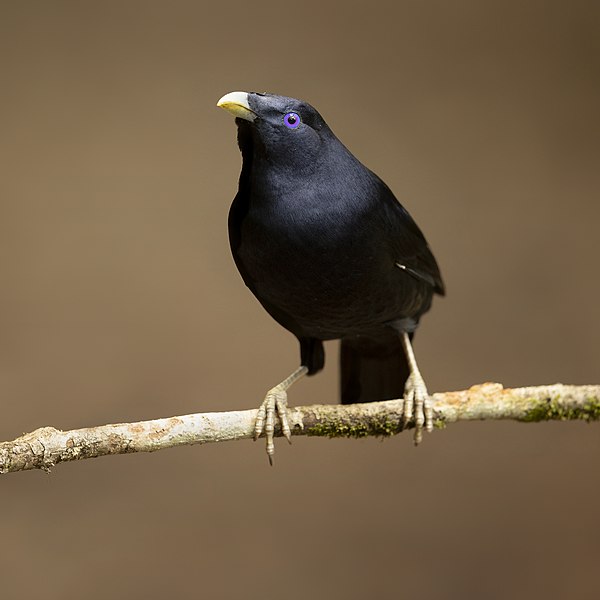
The male satin bowerbird constructs intricate structures known as bowers to impress potential mates. These bowers are decorated with shiny blue objects, which the bird collects obsessively. Pens, bottle caps, flowers—anything blue will do. Once his bower is complete, he performs a dance, hoping to lure in a female. What’s truly odd is that this behavior has no direct function in nesting; the female builds her own nest elsewhere. Some males will even steal decorations from rival bowers to outdo each other. The satin bowerbird’s courtship displays are one of the most complex in the animal kingdom.
Secretary Bird (Africa)
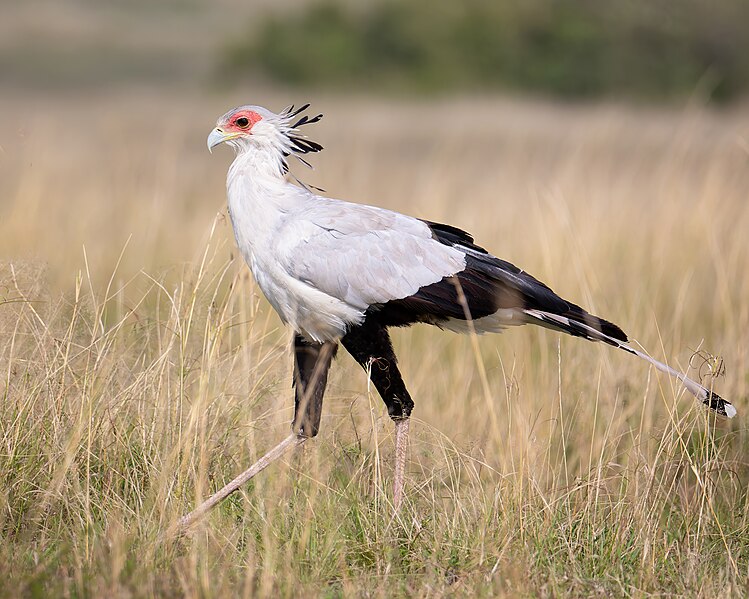
This bird of prey doesn’t hunt like other raptors. Instead of swooping down from the sky, the secretary bird hunts on foot. It’s known for its long legs and lightning-fast kicks, which it uses to stomp on snakes and other prey. Found in the savannas of sub-Saharan Africa, it’s capable of delivering a killing blow in just a few milliseconds. Its hunting technique resembles martial arts more than bird behavior. While it can fly, it prefers to walk, covering vast areas in search of food. Its method is both efficient and highly unusual for a bird of prey.
Kakapo (New Zealand)
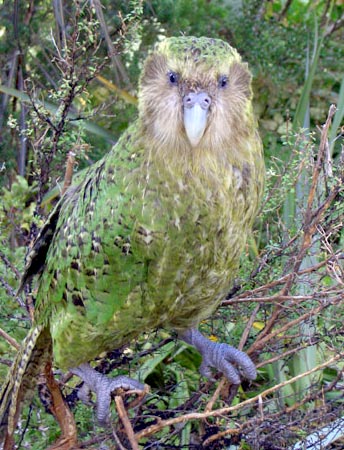
The kakapo, or “owl parrot,” is the world’s only flightless parrot and also the heaviest parrot species. It is critically endangered, with fewer than 250 individuals left in the wild. What makes this bird even stranger is its nocturnal, solitary nature—unusual for a parrot. During mating season, males gather on hilltops to perform a booming call that can be heard for miles. This call is designed to attract females, though the species’ low numbers make it a rare event. The kakapo also has a peculiar smell, described as sweet and musky, which predators can easily detect. Despite all these oddities, conservationists are fighting to save this fascinating bird.
Common Cuckoo (Europe, Asia, Africa)

The common cuckoo is infamous for its brood parasitism. Rather than building a nest, the female cuckoo lays her eggs in the nests of other bird species. She specifically chooses nests with eggs that resemble her own, so the host bird will incubate the cuckoo’s egg unknowingly. Once the cuckoo chick hatches, it pushes the host’s eggs or chicks out of the nest. The unwitting foster parents then raise the cuckoo chick as their own. This behavior allows the cuckoo to save energy and reproduce without the cost of caring for young. It’s an extraordinary, if somewhat ruthless, survival strategy.
Red-Capped Manakin (Central America)
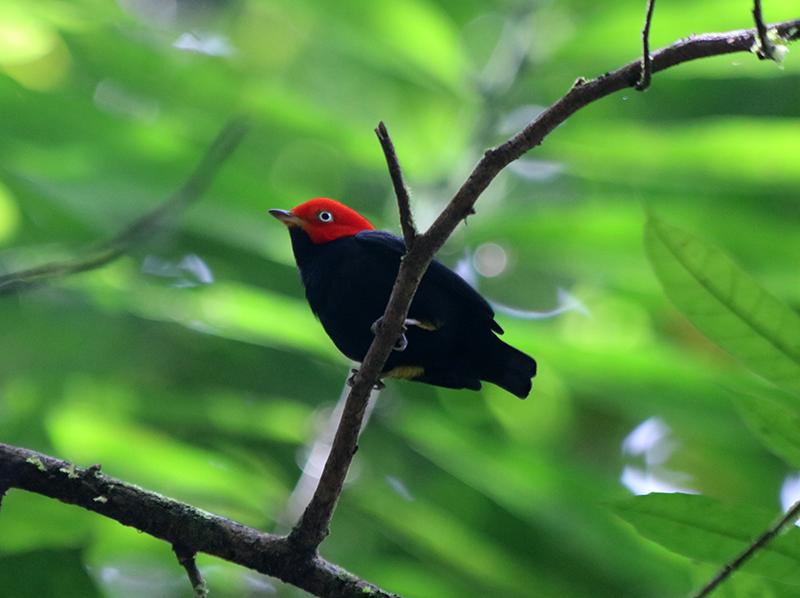
If birds could dance, the red-capped manakin would be the king of the dance floor. Native to the forests of Central America, the male performs a courtship display that looks like it’s moonwalking. With quick, smooth motions, it shuffles backward along a branch, showing off to any females nearby. This dance is accompanied by snapping sounds created by the bird’s wings. It’s one of the most elaborate mating displays in the bird world, with the males performing in groups. Females choose mates based on the quality of the performance. The red-capped manakin’s moonwalk is a spectacle you’d never expect from a bird.
Southern Ground Hornbill (Africa)

This large, ground-dwelling bird has a unique social structure and hunting strategy. Found in the grasslands and savannas of Africa, it hunts in family groups, using teamwork to catch prey like reptiles and small mammals. Hornbills communicate through deep, booming calls that can be heard for miles. These birds also have a fascinating habit of bonding with humans in certain areas, allowing them to become almost tame. Known for their intelligence, ground hornbills have been observed using sticks to probe for prey. The southern ground hornbill is also highly territorial, fiercely defending its area from intruders. Its cooperative lifestyle makes it one of the more social birds of prey.
Magnificent Frigatebird (Tropical Oceans)
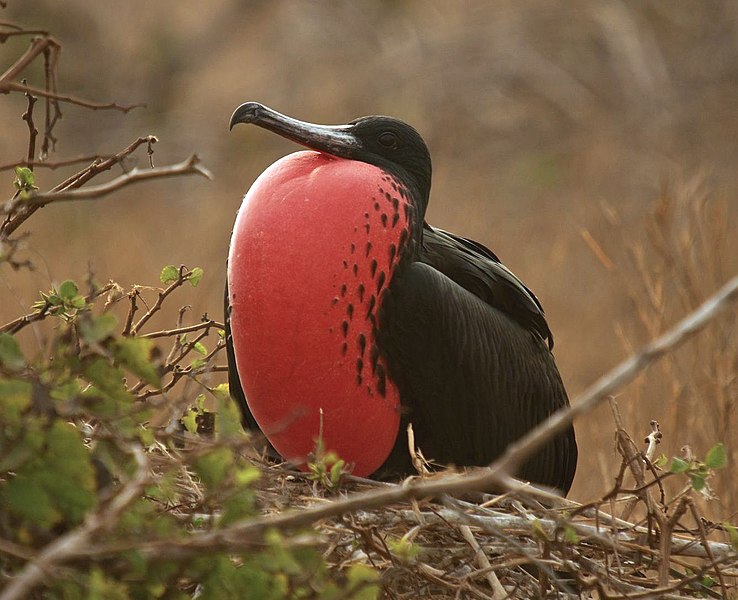
Known for its impressive wingspan and aerial agility, the magnificent frigatebird spends most of its life in the air. It’s a kleptoparasite, which means it often steals food from other seabirds rather than catching its own. Frigatebirds swoop down on their victims mid-flight, snatching fish or squid right out of their beaks. They also have the largest wingspan-to-body-weight ratio of any bird, allowing them to soar for days without landing. During mating season, males inflate their large red throat pouches like balloons to attract females. These displays, combined with their aggressive behavior, make the frigatebird one of the most striking and formidable seabirds. Despite their piracy, they are graceful and efficient flyers.
Sage Grouse (North America)
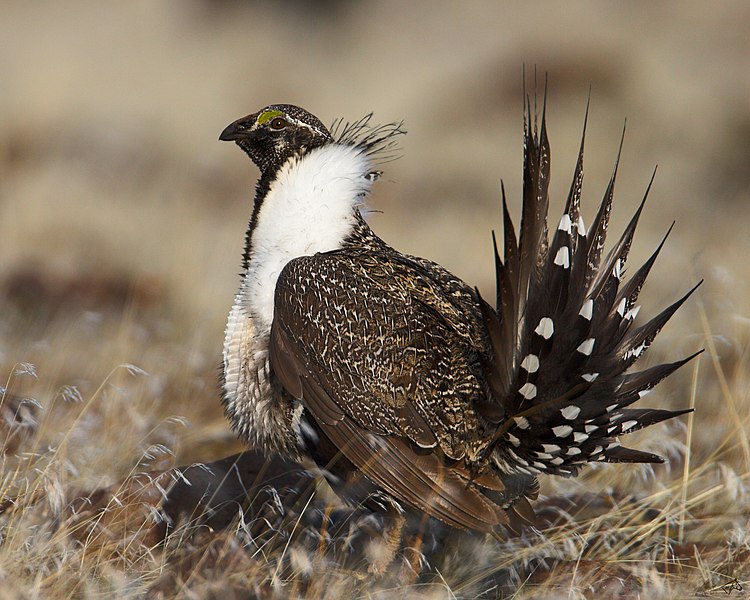
During the breeding season, male sage grouse put on an extraordinary display. They gather in groups, called leks, and perform complex courtship dances, puffing out their chests and fanning their tails. The most remarkable part of the display is the sound they produce, a series of popping noises made by inflating air sacs on their chest. This ritual is repeated over and over, with females choosing mates based on their performance. Males compete fiercely for attention, and only a few will be chosen to mate. These dramatic performances occur in the open sagebrush plains of the western United States. The sage grouse’s elaborate display is one of the most striking examples of sexual selection in birds.
Clark’s Nutcracker (North America)

This bird has an incredible memory. Clark’s nutcracker can cache tens of thousands of pine seeds in different locations across its territory, sometimes kilometers apart. Even months later, it returns to find its hidden stashes with astounding accuracy. Researchers believe it uses visual landmarks to help navigate. Its ability to recall these locations, even under snow, is crucial for its survival during the winter. The nutcracker also plays an important ecological role, as some of the seeds it doesn’t retrieve grow into new trees. Its remarkable memory and role in seed dispersal make it a keystone species in its habitat.
Superb Bird-of-Paradise (New Guinea)
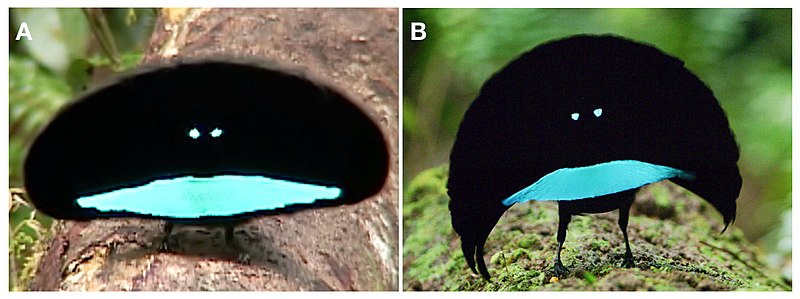
This bird is famous for its elaborate and almost otherworldly mating display. The male transforms its feathers into a black, elliptical shape, framing its vibrant blue breast feathers. It dances in a mesmerizing, hopping motion while producing clicking sounds. Females are highly selective, only choosing males with the most flawless displays. The bird-of-paradise is found in the dense forests of New Guinea, where its display stands out dramatically against the dark jungle. It’s one of the most visually spectacular mating rituals in the animal kingdom. Despite the effort involved, only a few males will successfully mate each season.
Shoebill (Africa)
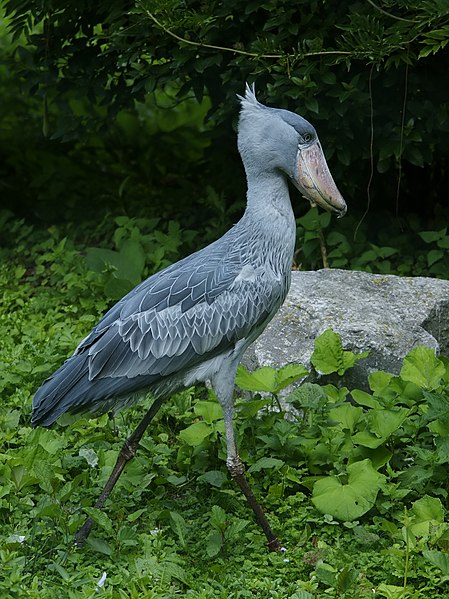
The shoebill is a prehistoric-looking bird with a massive, shoe-shaped bill that sets it apart from any other bird. Found in the swamps of East Africa, this solitary hunter waits motionless for hours, waiting for its prey—usually fish or small mammals. Once the prey is close enough, it lunges forward with terrifying speed. Its bill is not only enormous but razor-sharp, capable of slicing through its prey with ease. This bird’s eerie appearance, combined with its hunting technique, makes it seem like something out of a dinosaur-era movie. Despite its fearsome look, the shoebill is a patient, silent predator. It is considered a vulnerable species due to habitat loss.
Adélie Penguin (Antarctica)
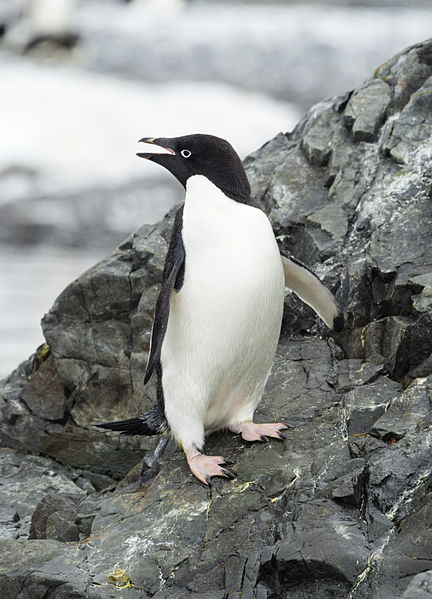
Adélie penguins are notorious for their quirky and sometimes comical behavior. These small, stout penguins can often be seen stealing rocks from each other’s nests. They use these rocks to build and improve their nests, which are crucial for protecting their eggs from the icy ground. Despite living in some of the harshest conditions on Earth, Adélie penguins are incredibly social and form large colonies during breeding season. They also perform synchronized swimming when hunting, creating a mesmerizing display of teamwork. Their ability to adapt to extreme cold makes them one of the toughest birds in the world. The rock-stealing habit is both amusing and vital for their survival.
Marabou Stork (Africa)
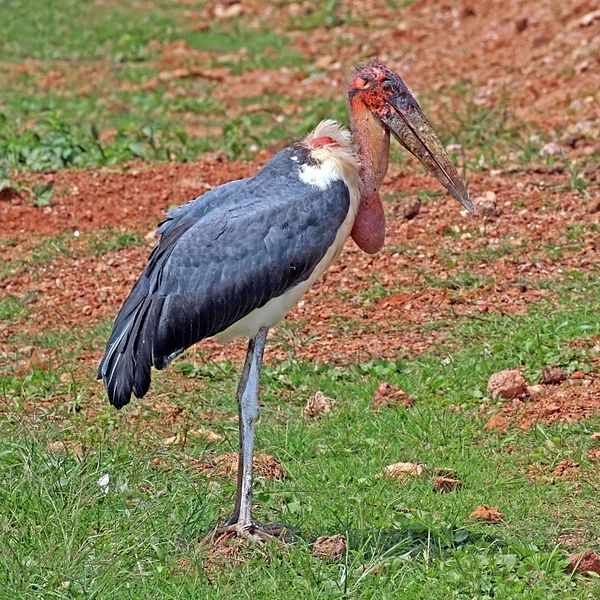
Often called the “undertaker bird” due to its dark feathers and menacing appearance, the marabou stork has some of the oddest feeding habits. It’s a scavenger, eating anything from carcasses to human trash. What’s bizarre is that marabou storks are often found in urban environments, even near dumps. They use their large, powerful beaks to tear into tough, decaying flesh. With a wingspan of over 10 feet, they are intimidating in size, and their bald heads are perfect for their scavenging lifestyle. Despite their ugly reputation, they play an important role in cleaning up ecosystems. Their scavenging habits make them the clean-up crew of the animal world.
Long-Wattled Umbrellabird (South America)
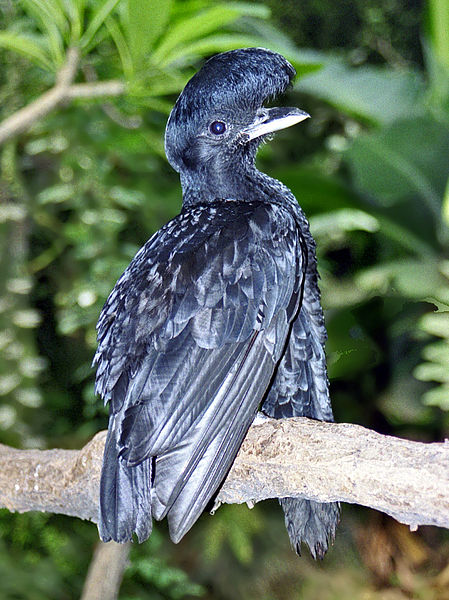
This bird gets its name from the bizarre wattle, a long, feathered appendage that hangs from its neck. During mating season, the male umbrellabird inflates this wattle and performs a deep, booming call to attract females. The wattle is not just decorative—it’s a sound amplifier that helps the bird’s call carry further through the dense rainforest. Its call can be heard over great distances, even though the bird itself remains elusive. When not in use, the wattle folds neatly against its chest, like a feathered necktie. This unusual feature sets the umbrellabird apart from any other species. It’s one of the more bizarre courtship displays in the bird world.
Burrowing Owl (North America, South America)

Unlike most owls, the burrowing owl lives underground in burrows it either digs itself or takes over from other animals. It’s one of the few diurnal owl species, meaning it’s active during the day. Found in grasslands and deserts, the burrowing owl also has a unique way of hunting. Instead of silently swooping down on prey, it runs after it on foot, much like a predator on land. These owls also collect mammal dung and place it around their burrow entrance to attract insects, which they then eat. Their unusual behavior and terrestrial lifestyle make them one of the most unique owl species. Despite their odd habits, they are efficient hunters.
Eurasian Jay (Europe, Asia)
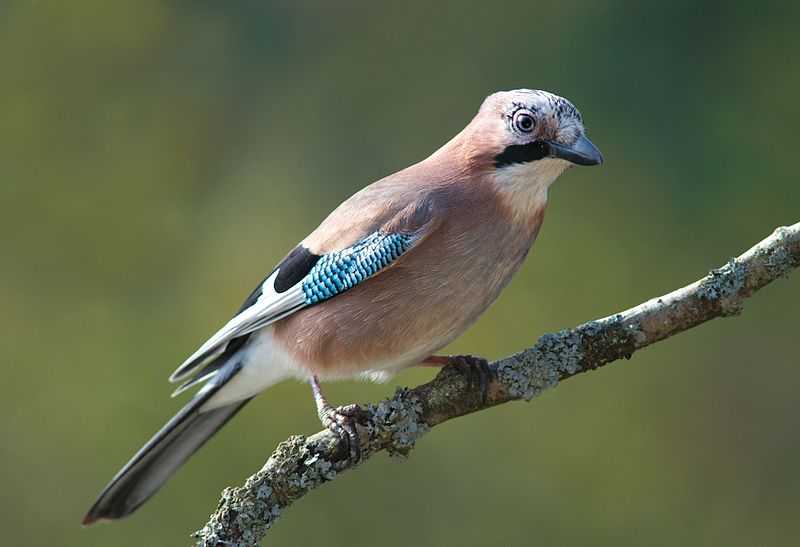
The Eurasian jay is a bird with a surprising skill: it can mimic human speech and sounds. These birds are known for their intelligence, particularly their ability to plan for the future. Jays hide acorns in thousands of secret spots, returning to them later when food is scarce. What’s astonishing is their memory—they remember exactly where they hid each acorn, even months later. They also have a keen sense of deception, often hiding food while pretending to hide it somewhere else if they feel another bird is watching. This trickery is uncommon in the animal kingdom. The Eurasian jay’s blend of mimicry, memory, and deception makes it one of the most cunning birds in the world.
Potoo (Central and South America)
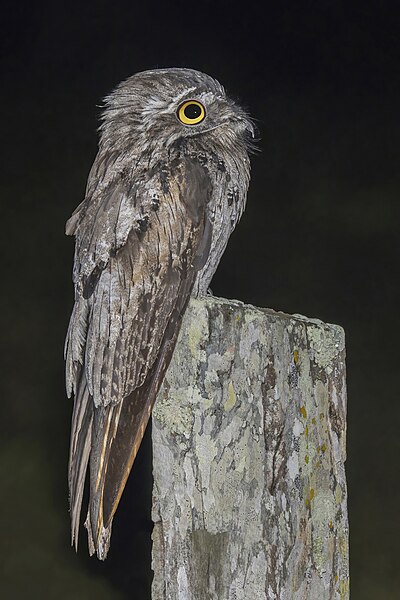
The potoo is a master of camouflage. During the day, it perches on a tree stump or branch, blending in perfectly with its surroundings by remaining completely motionless. Its feathers resemble the bark of trees, and it even closes its eyes to small slits to avoid detection. At night, the potoo becomes active, using its wide mouth to catch insects in flight. Its eerie, haunting call can be heard through the forests, often leading to its association with ghost stories in local folklore. Despite its strange appearance and behavior, the potoo is a skilled and stealthy hunter. Its ability to disappear into the background is nothing short of extraordinary.
This article originally appeared on Rarest.org.
More From Rarest.Org
Endangered plants have developed incredible ways to survive in extreme conditions, adapting to their environments in ways that are both fascinating and essential to their survival. Many of these species face the threat of extinction due to habitat loss, climate change, and human activities. Read more.
Gymnastics is a sport known for its demands on agility, strength, and youthful energy. However, some gymnasts have defied the odds and continued competing or remaining involved well into their later years. Read more.
Magazines once shaped how we viewed the world. Their covers graced newsstands and coffee tables, symbolizing culture and news for generations. Some titles captivated audiences, defining an era, but are no longer in print. Read more.

